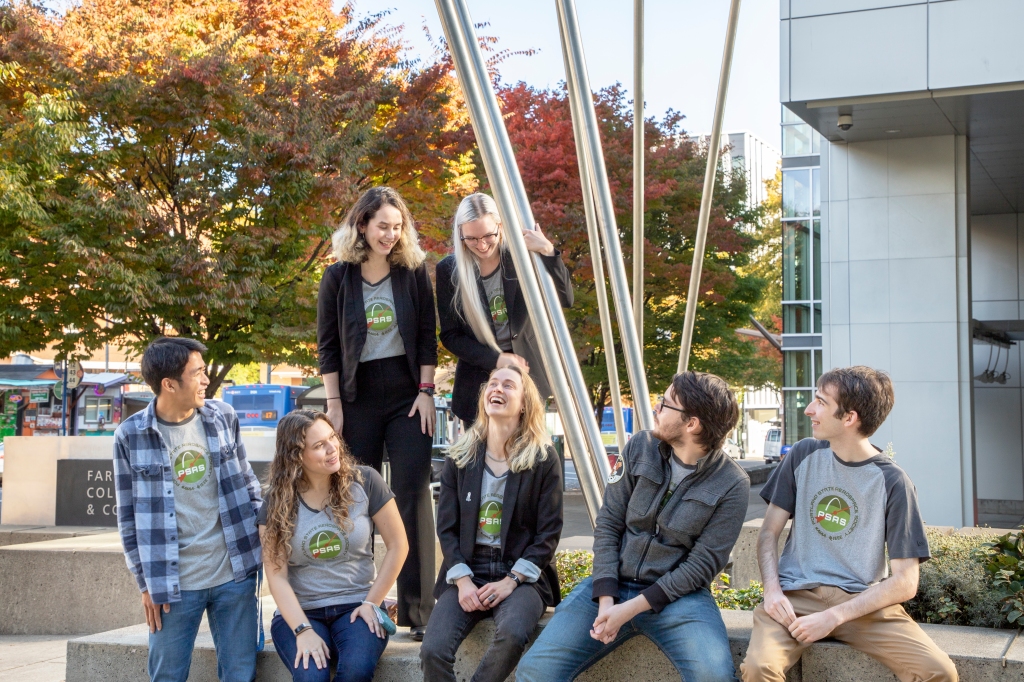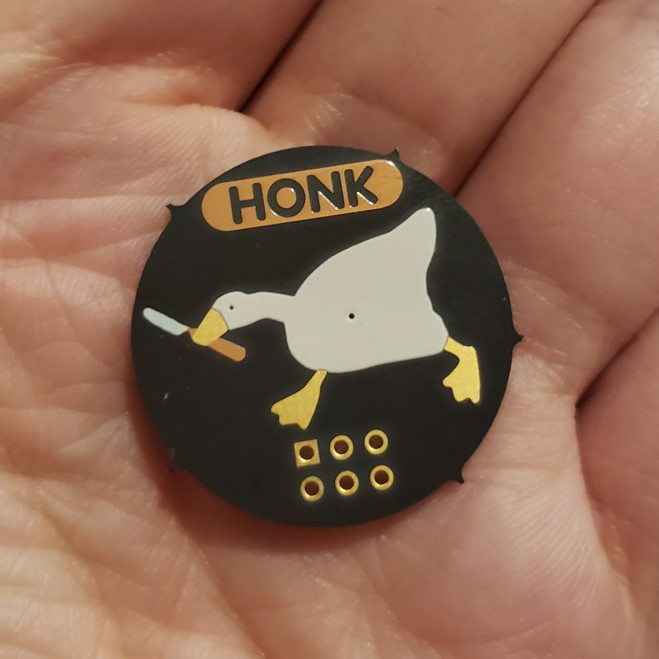While we’ll have to another year for Supercon, prolific badge maker Thomas Flummer is helping to bring the communal hardware hacking spirit to Hackaday’s upcoming virtual conference:
If you would like a badge for Remoticon.2, this project is for you. It’s a design in KiCad, with a bit of space for you to add in whatever you would like to have on your badge (and maybe already have parts for), but still in a look that will make it be part of the visual identity of Remoticon.2

So, compared to a badge that are handed out at an in-person event, this will require a little bit of effort ahead of time. If you want to have a badge for the event, you will need to send if for production fairly soon.
This years color theme matches OSHParks purple PCBs very nicely, and the fine silkscreen details will come out great, as they use a high DPI printing technique.
The KiCad project includes a badge design with a grid of regular 0.1″ spaced pads, but the idea is that you remove all those and add in some circuitry that you think would be cool to have on your badge. And with the current state of silicon parts supply, probably something you already have or at least have found in stock somewhere.
This is ment to to be a fun little extra thing, so no need to spend too long on doing the perfect design, but maybe try to remix something you did previously, or experiment with that little part that you never got to use and is just sitting there on the shelf.
The important part is having fun and sharing with each other.

There are shared projects of this variant at https://oshpark.com/shared_projects/gRSf01dV and the simple version with 0.1″ spaced holes are at https://oshpark.com/shared_projects/YJqAizIf if you don’t want to make your own changes to the files.















